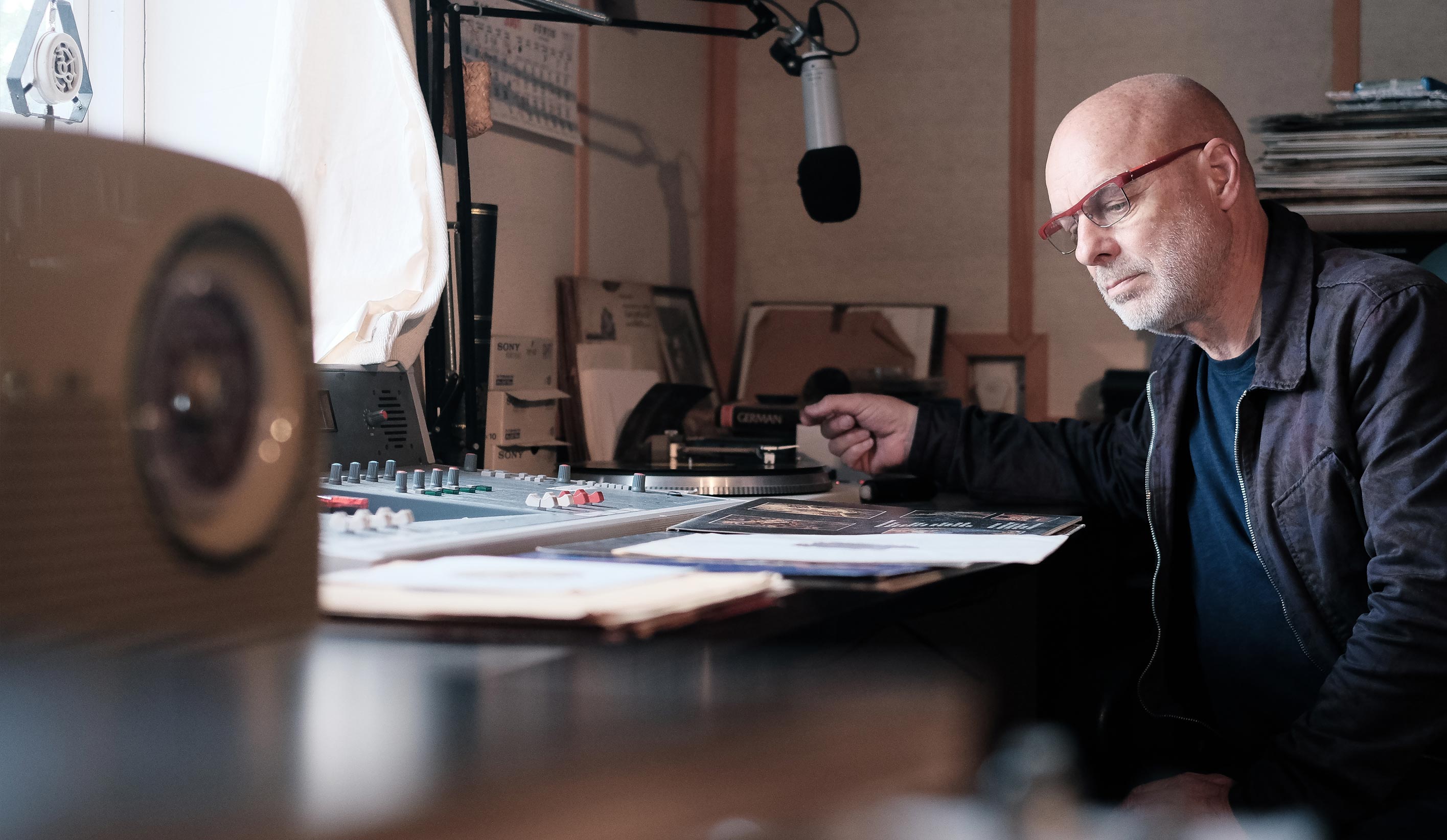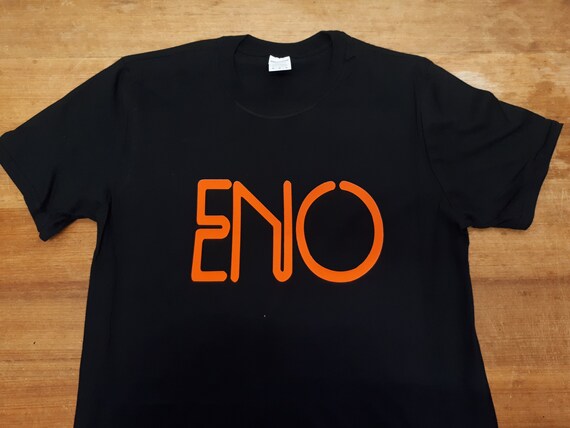Ambient music is a term coined by Brian Eno back in 1978 with the release of Music For Airports. We have a world premiere of new music from Brian Eno and his brother Roger Eno. Phil Collins & Brian Eno.zip. Brian Eno - Ambient 1-Music for Airports (1978).zip.


I regard this music as environmental: to be experienced from the inside. Accordingly I considered releasing a quadrophonic version of it, an idea I abandoned upon realising that very few people (myself included) own quadrophonic systems.

However, I have for many years been using a three-way speaker system that is both simple to install and inexpensive, and which seems to work very well on any music with a broad stereo image. The effect is subtle but definite - it opens out the music and seems to enlarge the room acoustically.
In addition to a normal stereo hifi system all that is required is one extra loudspeaker and some speaker cable. The usage of this speaker in the three-way system is such that it will not be required to handle very low frequencies: therefore a small or 'mini' speaker will be adequate.
- Ambient music, which tends to prioritize tone and texture over melody or rhythm, wasn't invented by Eno, but he's credited with popularizing it and defining its most basic tenets.
- Brian Eno Ambient 3 Zip Directx Fbx Converter Free The Dreamers Screenplay Pdf Roland Gw 8 Styles Free Download Rick Ross Trilla Rare Vcds 11 11 Download Crack Internet Serial Timeout Exception Python Driver Sv550 Yamaha 724 Win7 To Usb In The Heat Of The Night Ost Rar Extractor.
As shown in the diagram, the two terminals of the new speaker are connected to the two positive (red) speaker connectors on the amplifier. This speaker is located somewhere behind the listener - at the apex of a triangle whose base is formed by the original loudspeaker set-up. One of the unexpected benefits of this system is an increase in the usable listening area - almost any point in the room will yield good (although not necessarily 'accurate') stereo sound.
I arrived at this system by accident, and I don't really know why it works. What seems to happen is that the third speaker reproduces any sound that is not common to both sides of the stereo - i.e., everything that is not located centrally in the stereo image - and I assume that this is because the common information is put out of phase with itself and cancels out.
More technically, the lower the impedance of the added speaker, the louder it will sound. If it is found to be too loud (although this rarely seems to happen), you can either insert a potentiometer (6-12 ohms, at least 10 watts) into the circuit, or move the speaker further away.
Biography
Celebrated English musician and producer Brian Eno was born in Suffolk, May 15, 1948. He reached his first tangible success as a member of the art-rock outfit Roxy Music playing there from 1971 to 1973. Initially, he was placed behind the mixer desk equalizing the instruments of the other participants. However, he gradually began experimenting with the sound processing it with his synthesizer and other electronic devices. This soon made Eno a full member of the band, who was no longer hiding behind the backs of the others, but was playing and singing with them. When the promo tour for the group’s second album, For Your Pleasure (1973), was over, Brian exited Roxy Music and embarked on a solo career. His opening efforts were based on pop music strongly impacted by electronica.
After releasing the debut record, Taking Tiger Mountain (By Strategy) in 1974, Eno was forced to suspend his activities due to the long and difficult recovery after a car accident he had suffered in 1975. This could be the reason why the musician changed his musical preferences drastically after this event. This resulted in the 1975 record, Another Green World, bearing the first features of the emerging ambient style. The same year, Eno released an instrumental long player under the title Discreet Music, the first of the ten parts of the immense ambient artwork, fully and completely issued by the musician’s own label Obscure. In 1977, Eno made an attempt to come back to pop music with Before and After Science, but his main focus remained on experimentation. For instance, Music for Films (1978) became a certain type of soundtrack to a nonexistent motion picture. A year later, Brian delivered a peculiar album called Music for Airports. Its music had the purpose to free passengers from the fear of aircraft flights. At the same time, Eno maintained fruitful cooperation with several performers as a producer and musician. The most outstanding partnership of all was working with David Bowie and Talking Heads. As he entered the eighties, Brian Eno produced some of the famed U2 studio works. Still, this never posed him a problem to commit himself to his own music career.
In 1983, Eno recorded the Apollo Atmospheres and Soundtracks CD, based on the space inspired themes. In 1991, the album My Squelchy Life was already recorded and even released, but called off a little bit later. It was replaced by Nerve Net. In a short while, Eno released The Shutov Assembly. He kept working in several directions at a time and again formed top class tandem with David Bowie as he produced the singer’s album Outside (1995). Approximately at that moment, Brian explored deeply the concept of self-generating music. It implied creation and combination of separate music fragments and other sounds with their consequent reproduction in random order. In the new millennium, Brian Eno’s musical and producing activities did not cease in any possible manner. In 2001, he received Grammy for the excellent producing work on the U2 outstanding All That You Can't Leave Behind. One more year later, Brian again proved the endlessness of his creativity by releasing the experimental studio work Bell Studies for the Clock of the Long Now. 2005 saw him make Another Day On Earth, the first record in fifteen years featuring his vocals. It remains a great mystery what Brian Eno will bring to his listeners next time.
Studio Albums
Drums Between The Bells
Brian Eno Ambient 1
Brian Eno Ambient 3 Zipper
EP
Brian Eno Ambient 3 Zip File
Compilation albums
